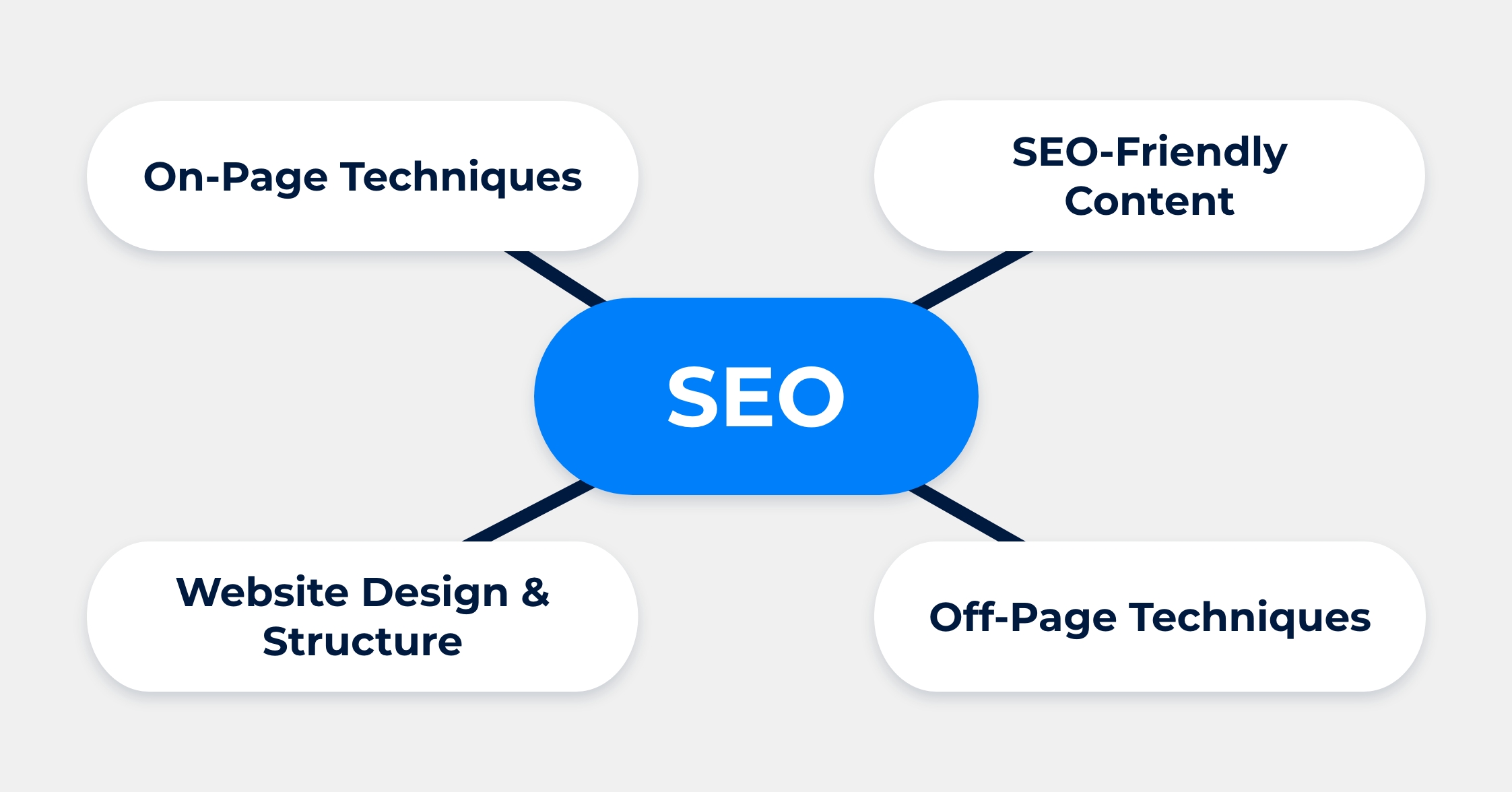 When it comes to optimizing your website for search engines, there are many factors to consider. One aspect that is often overlooked is the proper utilization of meta robots tags and X-Robots-Tag. These tags play a vital role in instructing search engine bots on how to crawl, index, and serve your site’s pages in search results. In this article, we will delve into the significance of meta robots tags and X-Robots-Tag and provide you with a comprehensive guide on how to use them effectively.
When it comes to optimizing your website for search engines, there are many factors to consider. One aspect that is often overlooked is the proper utilization of meta robots tags and X-Robots-Tag. These tags play a vital role in instructing search engine bots on how to crawl, index, and serve your site’s pages in search results. In this article, we will delve into the significance of meta robots tags and X-Robots-Tag and provide you with a comprehensive guide on how to use them effectively.
Meta robots tags are HTML elements that provide instructions to search engine bots regarding the indexing and crawling of a webpage. These tags are placed within the head section of a webpage and can be used to control various aspects of how search engines interact with your site. The most common meta robots tag is the “index” and “noindex” directives. The “index” directive instructs search engines to include the webpage in their index, while the “noindex” directive tells search engines not to index the page. It is crucial to use these directives strategically to ensure that search engines only index the pages you want to be visible in search results.
Another important directive is “follow” and “nofollow.” The “follow” directive tells search engines to follow the links on the page and consider them for indexing, while the “nofollow” directive instructs search engines not to follow the links. Using the “nofollow” directive can be beneficial when you want to prevent search engines from passing link equity to certain pages or external websites.
Meta robots tags can also be combined to provide more specific instructions to search engine bots. For example, using “noindex, nofollow” together will prevent search engines from indexing the page and following any links on it. This can be useful for pages that contain sensitive information or duplicate content that you don’t want to be indexed.
In addition to meta robots tags, there is another method of providing instructions to search engine bots called X-Robots-Tag. This method involves using HTTP headers to communicate with search engines. X-Robots-Tag offers similar functionalities to meta robots tags but can be implemented at the server level, making it more efficient for large websites. By implementing X-Robots-Tag at the server level, you can apply the directives to multiple pages or even an entire website. This eliminates the need to add meta tags to each individual page, saving time and effort. However, it is essential to ensure that the directives are correctly implemented to avoid unintended consequences.
X-Robots-Tag also offers additional directives that are not available with meta robots tags. These include “noarchive,” which prevents search engines from displaying cached versions of the page, and “nosnippet,” which prevents search engines from displaying a snippet of the page’s content in search results. These directives can be useful in certain situations, such as when you want to protect sensitive information or maintain control over how your content is displayed.
Now that you understand the importance of meta robots tags and X-Robots-Tag, let’s explore some best practices for using them effectively. Before implementing meta robots tags or X-Robots-Tag, conduct a thorough site audit to identify pages that should be indexed and those that should be excluded. This will help you create a clear plan for implementing the appropriate directives. If you have a large website and want to apply the same directives to multiple pages, consider using default directives at the server level. This will save time and ensure consistency across your site. However, be cautious when using “noindex” or “nofollow” directives, as they can inadvertently block important pages from being indexed or prevent search engines from following essential links. Double-check your directives to ensure they align with your SEO goals. Lastly, as your website evolves, regularly monitor and update your meta robots tags and X-Robots-Tag directives. This will ensure that search engine bots continue to crawl and index your site correctly.
In conclusion, meta robots tags and X-Robots-Tag are powerful tools for optimizing your website for search engines. By utilizing these tags effectively, you can control how search engine bots crawl, index, and serve your site’s pages in search results. Remember to conduct a site audit, use default directives when applicable, and regularly monitor and update your directives to ensure optimal SEO performance. Implementing these best practices will help you maximize your website’s visibility and drive organic traffic to your site.
